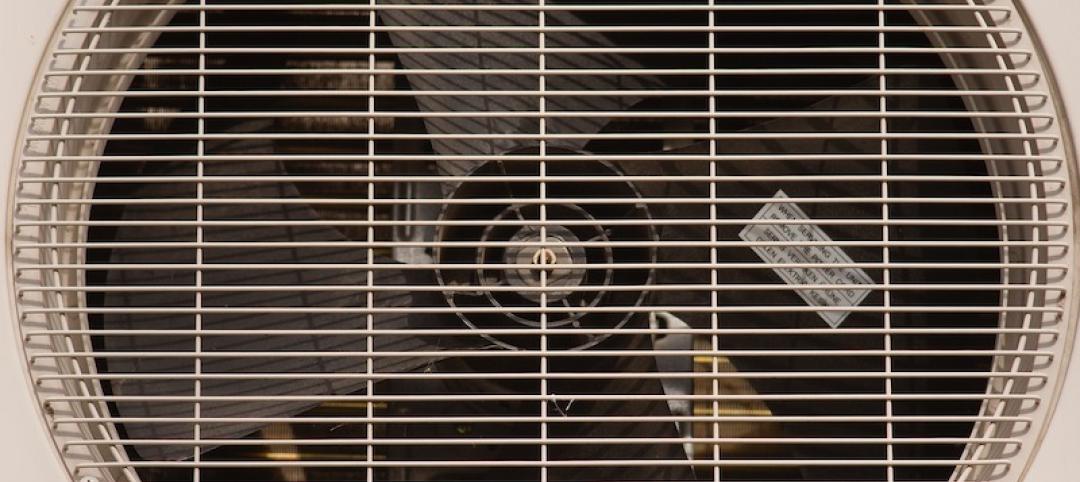The U.S. House of Representatives passed legislation that will create a voluntary energy-efficiency program modeled after Energy Star for commercial and government buildings.
President Obama is expected to sign the so-called Tenant Star law, which authorizes the U.S. Environmental Protection Agency to set up a branding, recognition, and certification program. Tenant Star is targeted for property owners and tenants who design, build, and operate leased spaces in office buildings.
Tenant Star encourages tenants, who, in some buildings, consume more than half of the power used by the building, to take measures to save energy. If the program is widely adopted, it could save landlords and tenants an estimated $2 billion by 2030 and reduce carbon emissions by nearly 12 million metric tons.
"Tenant Star will also go a long way to help ensure that U.S. buildings—and the separate spaces leased within them—are at the vanguard of technology and energy conservation,” says Anthony E. Malkin, Chair of The Real Estate Roundtable's Sustainability Policy Advisory Committee and Chairman and CEO of Empire State Realty Trust, Inc. “The program will allow building owners to attract financiers, investors, and tenants in the increasingly competitive national and global markets for real estate.”
Related Stories
Codes and Standards | Aug 11, 2020
Inefficient air conditioning is a key contributor to global warming
More efficient equipment and buildings could make a big difference.
Codes and Standards | Aug 10, 2020
Concrete Institute and Post-Tensioning Institutes expand partnership
Will collaborate on new structural post-tensioned concrete code requirements.
Codes and Standards | Aug 6, 2020
SpeedCore demonstrates excellent fire resistance without additional fire-protective coatings
New York City approves metal-concrete product for all five boroughs.
Codes and Standards | Aug 5, 2020
Designing, redeveloping communities for zero energy needed to address climate change
District heating and cooling systems boost efficiency.
Codes and Standards | Aug 4, 2020
Virginia is the first state to adopt COVID-19 worker safety rules
Include social distancing requirements, notifications when co-worker tests positive, timelines to return to work after recovery.
Codes and Standards | Aug 3, 2020
Report aids local governments on policy options, pathways to electrify new buildings
Document focuses on switching appliances and equipment away from natural gas, propane.
Codes and Standards | Jul 30, 2020
Institute for Market Transformation acquires Energy-Efficient Codes Coalition
Goal is to achieve net-zero construction by 2050.
Codes and Standards | Jul 29, 2020
Crackdowns grow on construction firms that fail to follow COVID-19 guidelines
States, cities, and OSHA enforce social distancing, hand-washing regulations.
Codes and Standards | Jul 28, 2020
California utility adopts climate emergency declaration
Sacramento-region company commits to working towards carbon neutrality by 2030.
Codes and Standards | Jul 27, 2020
Updated Energy Plus and OpenStudio building energy modeling tools released
Software offers performance enhancements.

















